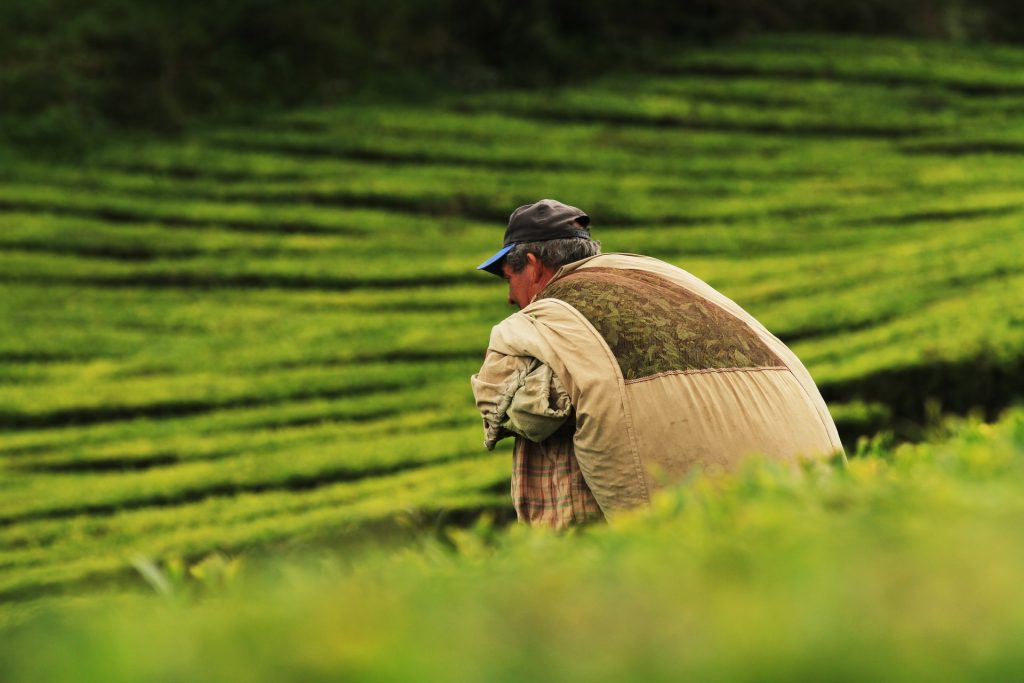 By: Terri Hopkinson, a Laurier Institution Blog Contributor
By: Terri Hopkinson, a Laurier Institution Blog Contributor
Like so many other issues, the COVID-19 pandemic has both exacerbated and shined a light on the problems faced by Canada’s agricultural migrant workers. Although these workers are an essential part of our food supply chain, their existence has been mostly invisible to the public consciousness. The influx of media coverage over the past year has not only brought attention to the crucial role these workers play in our food security and economy but also to their mistreatment and exploitation.
As of 2017, temporary foreign workers represented over 27% of labour in Canadian crop production. During the pandemic, many Canadian farmers expressed that the potential lack of migrant workers, whether from border closures or personal choice to avoid travel, could be devastating to their crops, livelihoods, and operations.
So, why are we so dependent on this almost invisible workforce? Or, more importantly, why are the people we are dependent on so underappreciated that they are invisible at all?
Undervalued Work
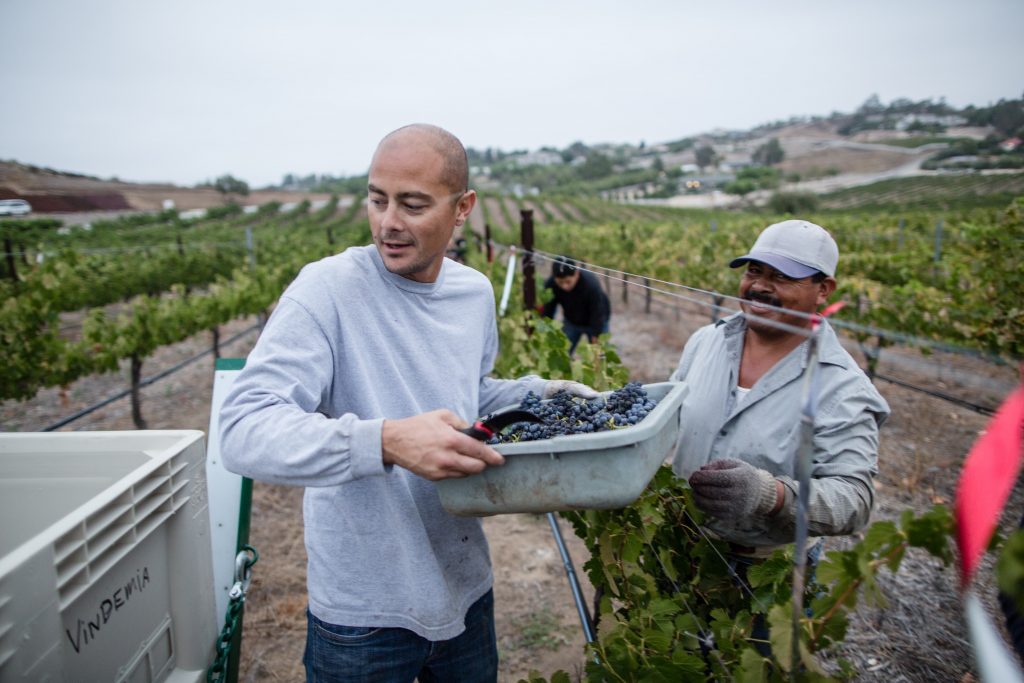 As a culture, we tend to undervalue labour we are unwilling to do ourselves. And not only do we look down on that labour, but we also look down on those who do it. Whether we realize it or not, there is a classist line drawn between blue- and white-collar jobs, between physical and mental labour, and between workers and employers.
As a culture, we tend to undervalue labour we are unwilling to do ourselves. And not only do we look down on that labour, but we also look down on those who do it. Whether we realize it or not, there is a classist line drawn between blue- and white-collar jobs, between physical and mental labour, and between workers and employers.
We certainly draw a line in the agricultural industry – in a few different directions. In broad terms, those of us on the outside both admire and minimize the farming community. We view farming as a quaint, old-fashioned pursuit. In the same breath, we recognize the incredible amount of work that goes into it. It is an industry that keeps us alive and yet, even growing up in a semi-rural area, I can’t think of a single person who aspired to become a farmer.
Manual Labour
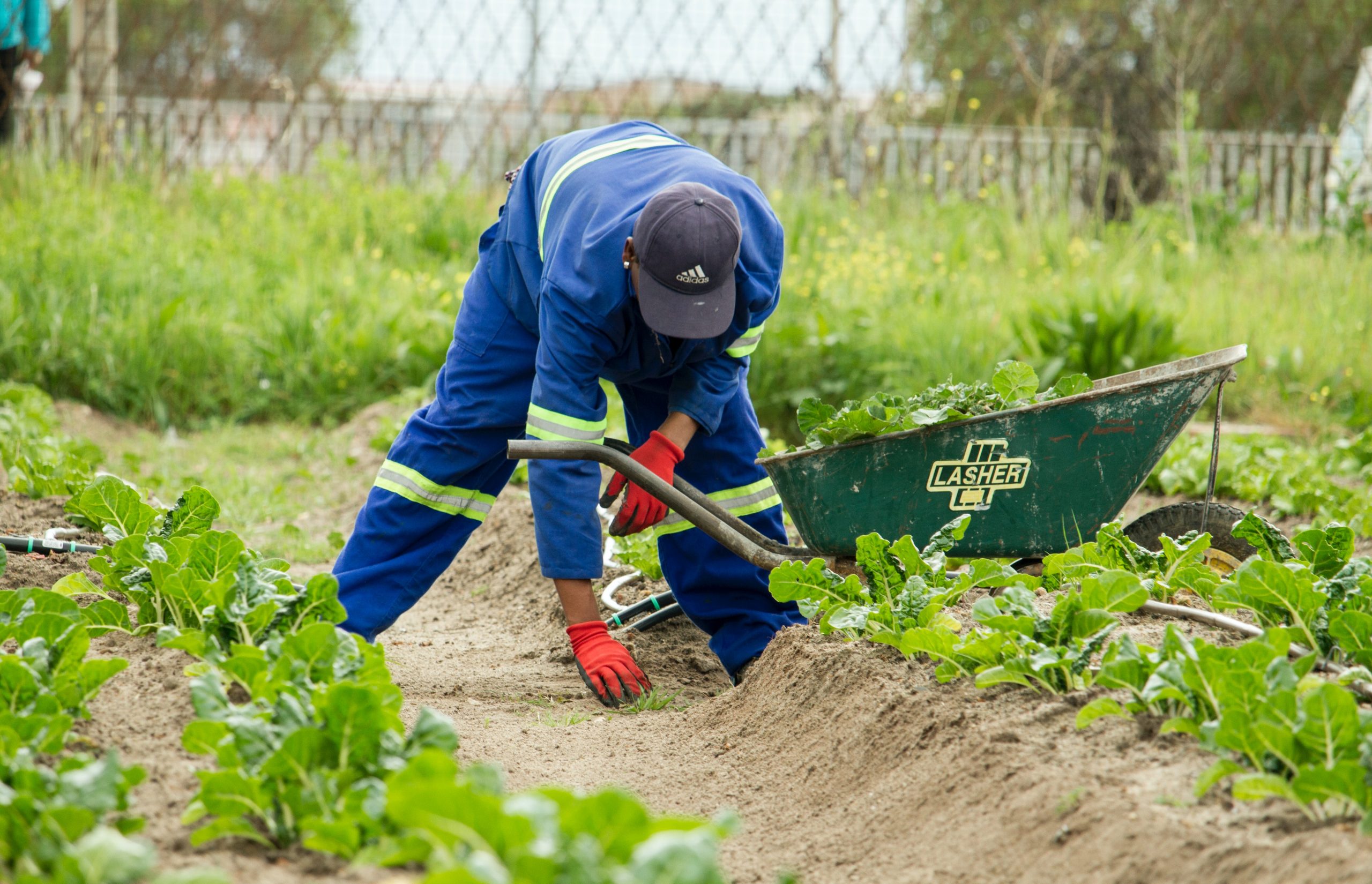 People who look down on blue-collar workers often tout the ideology that anyone can get a “better” job if they simply try hard enough. There are a couple of things at play here. One is that privilege comes with blinders. We must remind ourselves that the starting line is not the same for everyone. The other, as I mentioned, is that there is a correlation between views on manual labour and its compensation. The less desirable a type of work is, the less it pays. The less it pays, the less desirable it is.
People who look down on blue-collar workers often tout the ideology that anyone can get a “better” job if they simply try hard enough. There are a couple of things at play here. One is that privilege comes with blinders. We must remind ourselves that the starting line is not the same for everyone. The other, as I mentioned, is that there is a correlation between views on manual labour and its compensation. The less desirable a type of work is, the less it pays. The less it pays, the less desirable it is.
The other mistake we make in our views on agriculture is that we are most often thinking of the people who run farms and not the workers they employ. The jobs carried out by migrant workers in the agricultural industry are quite often manual labour. That phrase carries its own implications. I don’t think I’m speaking out of turn when I say there is a generally negative view of manual labour. And because we have low regard for manual labour, we have low regard for those who perform it and with that low wages and poor conditions become normalized.
Conditions for Migrant Workers
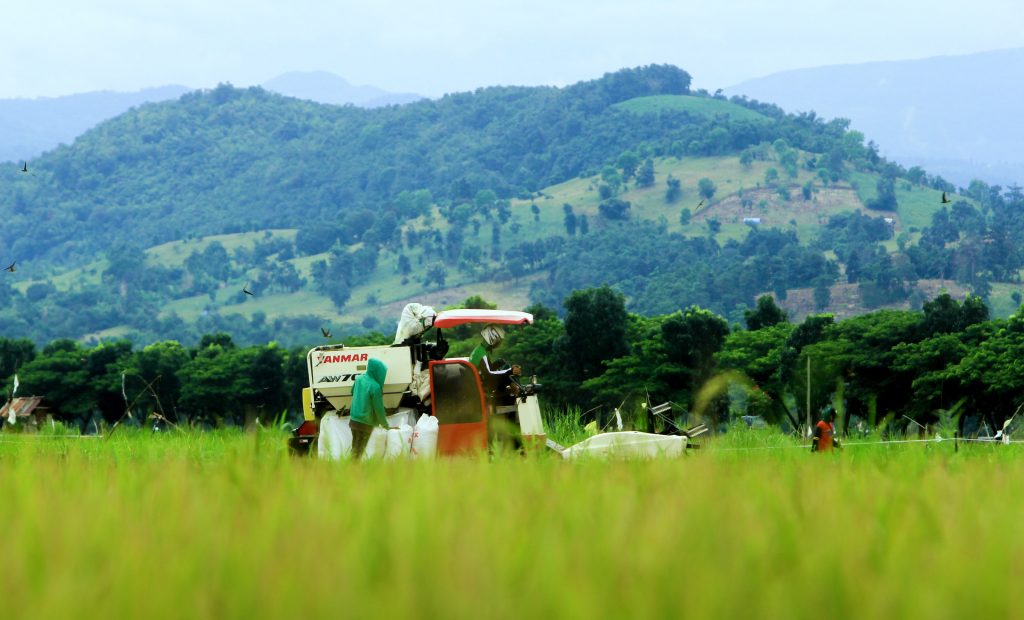 Agricultural migrant workers come to Canada under one of two national programs: the Seasonal Agricultural Worker Program (SAWP) and the agricultural stream of the Temporary Foreign Worker Program (TFWP). On the surface, both programs lay out the laws in place for the protection of migrant workers and their rights. A majority of employers who use these programs may do so in good faith. However, federal oversight is lacking and avenues through which workers can be exploited are wide.
Agricultural migrant workers come to Canada under one of two national programs: the Seasonal Agricultural Worker Program (SAWP) and the agricultural stream of the Temporary Foreign Worker Program (TFWP). On the surface, both programs lay out the laws in place for the protection of migrant workers and their rights. A majority of employers who use these programs may do so in good faith. However, federal oversight is lacking and avenues through which workers can be exploited are wide.
Employers of temporary foreign workers are required to provide transport into Canada, housing either on or off-site, and transport to and from work. In agriculture, employer-supplied housing is often on the property and is therefore isolated from the outside population. While the governmental programs stipulate that inspection of living conditions is required, this housing is still often overcrowded and otherwise substandard, unhygienic, and unsafe.
These programs are employer-based as well. If a worker loses their job, they cannot simply find another for the duration of their stay in Canada. They must find an employer who is able and willing to take them on as part of the program. This, combined with low wages, makes migrant workers very dependent on and vulnerable to their employers. While part of migrant workers’ salaries goes to income tax, employment insurance, and the Canada Pension Plan, they often are not able to access the services for which these premiums support.
In Canada, But Not Canadian
 What’s more is that, unlike higher-wage “skilled” work, migrants in low-wage positions are provided with no opportunity for immigration. Their work experience and service do not count towards permanent residence status. In other words, a worker could spend 40 years of their life doing strenuous labour to support the economy and food supply of a country that they will never be able to call home. I would argue that there is no such thing as “unskilled labour.” But, regardless of why and how we draw that line, we’re talking about people our country depends on.
What’s more is that, unlike higher-wage “skilled” work, migrants in low-wage positions are provided with no opportunity for immigration. Their work experience and service do not count towards permanent residence status. In other words, a worker could spend 40 years of their life doing strenuous labour to support the economy and food supply of a country that they will never be able to call home. I would argue that there is no such thing as “unskilled labour.” But, regardless of why and how we draw that line, we’re talking about people our country depends on.
The Canadian government created these programs in the mid-twentieth century in order to solve temporary problems. There was a dearth of Canadians willing to do this kind of labour. At least not for the wages farm operators were able to afford. And they still cite that reason today. While not entirely a morally perfect solution to begin with, certainly in the past 70 years we have learned better. Certainly, we have had the time to make changes so that this key industry isn’t run off the backs of exploited labourers.
Racism
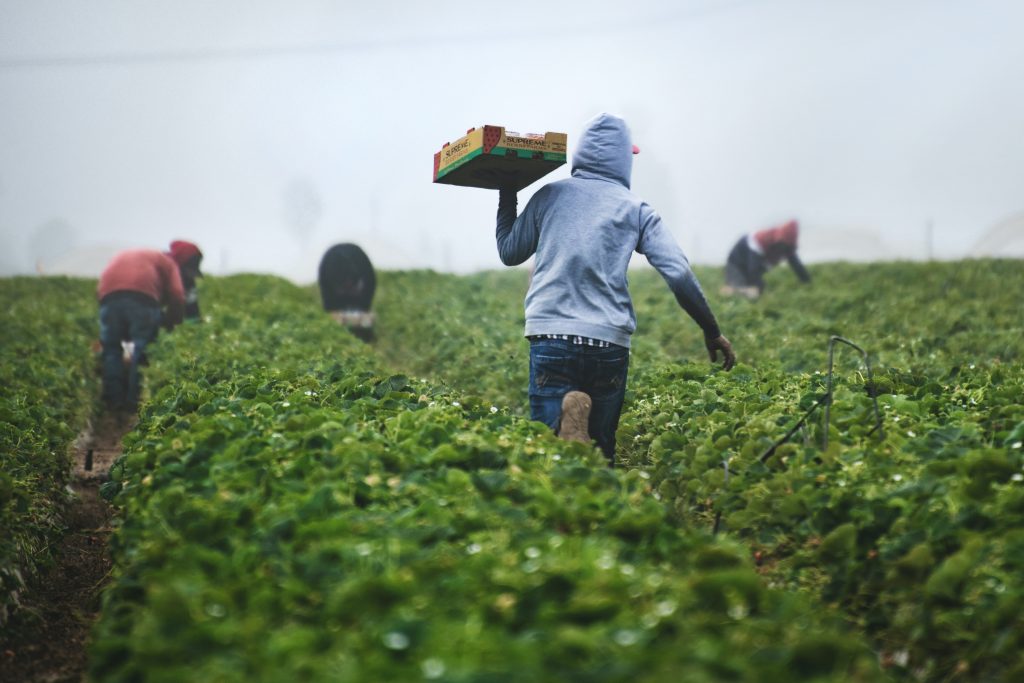 Migrant workers are a racialized group that Canada depends on economically. The services they provide are essential. It is shameful that we attract them here with empty promises and do not recognize their labour for what it is truly worth.
Migrant workers are a racialized group that Canada depends on economically. The services they provide are essential. It is shameful that we attract them here with empty promises and do not recognize their labour for what it is truly worth.
Migrant workers are hardworking people. They are subject to exceptionally strenuous labour on a daily basis. They are doing what they can or must do to provide for themselves and their families. However, we must recognize that attributing these qualities to a race or class of people has historically led to a justification of mistreatment. When we start to think of a certain group as more capable of hard labour, it becomes much easier to exploit that group.
We must bring this issue closer to home to solve it. How is your life impacted by migrant workers? How might you support the rights and dignity of migrant workers?
In Conversation with Byron Cruz on Migrant Workers’ Rights
 Join us for our 2021 “In Conversation” series to explore three issues that have been in the news—locally and nationally: migrant workers, historic racist policies (specifically, racist covenants), and hate speech.
Join us for our 2021 “In Conversation” series to explore three issues that have been in the news—locally and nationally: migrant workers, historic racist policies (specifically, racist covenants), and hate speech.
Our first “In Conversation” for 2021 is on migrant workers with Byron Cruz, founder of Sanctuary Health and a migrant worker activist. Migrant workers often work in jobs that are characterized by low wages and in conditions that are both dangerous and difficult. During the pandemic, they are also exposed to greater health risks due to inadequate housing and lack of PPE, while experiencing imposed restrictions on mobility, intimidation, surveillance, and heightened racism.
Additional References
- Documentary: Migrant Dreams
- Short Video: Behind Closed Doors: Exposing Migrant Care Worker Exploitation During COVID-19
- Article: Protecting the health and rights of migrant agricultural workers during the COVID-19 outbreak should be a priority
- How employers of Temporary Foreign Workers get away with low pay and bad working conditions


